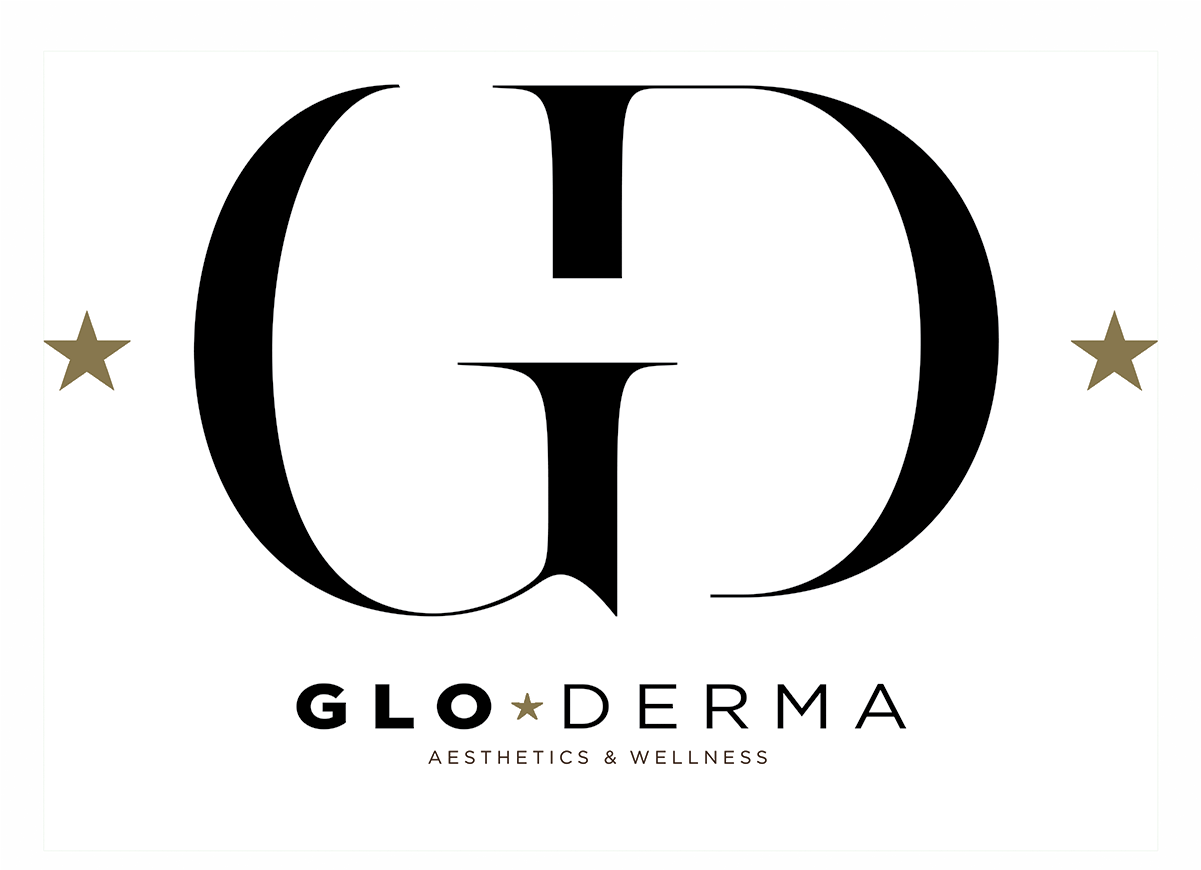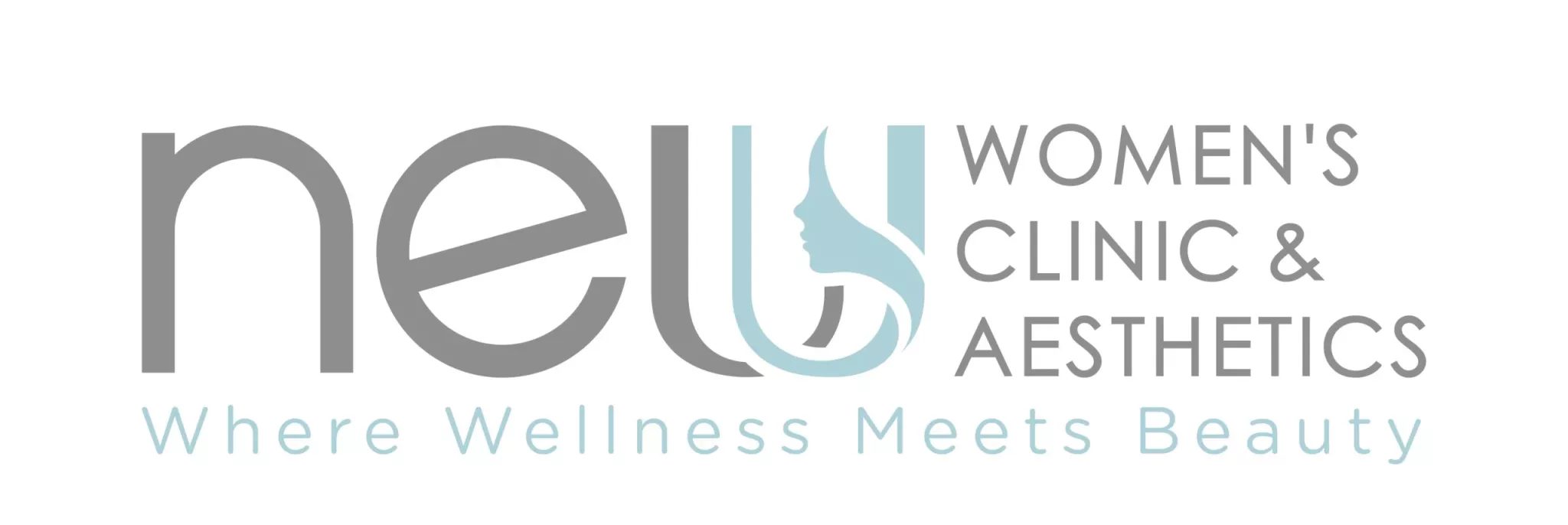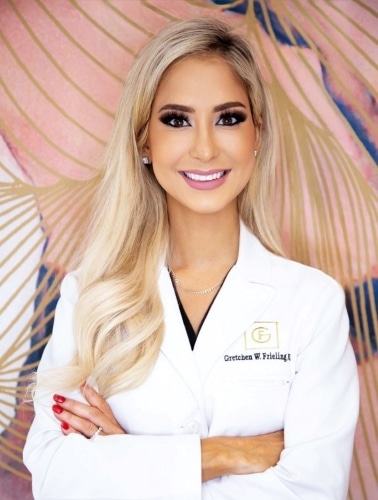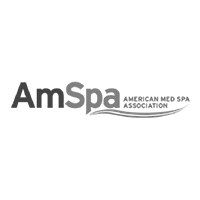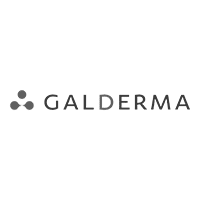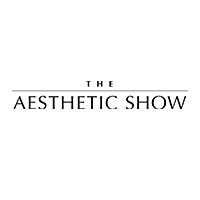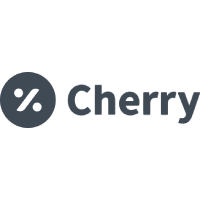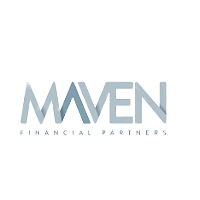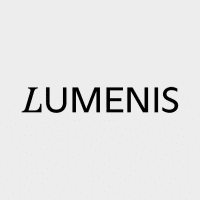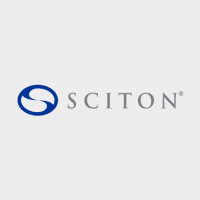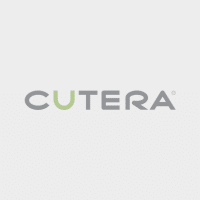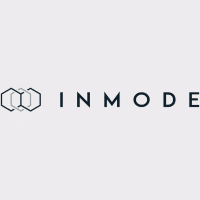
Are you a business owner looking to amplify your online presence and target customers in your local area? Look no further than Google Ads, a powerful business’s visibility. With the ability to display your ads to products or services like yours, Google Ads has become a game-changer for local businesses.
world of local advertising and explore how you can leverage Google Ads to boost your business. We’ll cover everything from setting up a successful campaign to optimizing your ads for maximum impact. So, let’s get started and unlock the full potential of Google Ads!
Understanding the Power of Local Advertising
In today’s digital age, local advertising has become more critical than ever. With the majority of consumers turning to the internet to find local businesses, it is essential to establish a strong online presence.
Setting Up Your Google Ads Campaign
To kickstart your local advertising journey, you need to set up a Google Ads campaign tailored to your business’s needs. Here’s a step-by-step guide to help you get started:
- Keyword Research: Begin by conducting thorough keyword research to identify the search terms potential customers might use when looking for businesses like yours. Focus on long-tail keywords that are specific to your local area, such as “best pizza delivery in [your city].”
- Campaign Structure: Create a well-organized campaign structure by grouping your keywords into relevant ad groups. For instance, if you own a bakery, you may have ad groups for “birthday cakes,” “pastries,” and “wedding cakes.”
- Ad Creation: Craft compelling ads that resonate with your target audience. Highlight your unique selling points and include a strong call-to-action to entice potential customers to click on your ad.
- Location Targeting: Utilize Google Ads’ location targeting feature to ensure your ads are shown to users in specific geographic areas. You can target a radius around your business, city, or even specific zip codes.
- Budget and Bidding: Set a budget that aligns with your advertising goals and select the appropriate bidding strategy. You can choose from options like cost-per-click (CPC) or cost-per-thousand impressions (CPM).
Optimizing Your Google Ads for Local Success
Once your campaign is up and running, it’s crucial to continuously optimize your Google Ads to maximize your local advertising success. Here are some key strategies to consider:
- Ad Extensions: Take advantage of ad extensions to provide additional information to potential customers. Add extensions like location extensions to display your business address, call extensions to encourage phone calls, and review extensions to showcase positive customer reviews.
- Landing Page Optimization: Ensure that the landing page your ads direct users to is optimized for conversions. It should have a clear and compelling call-to-action, relevant content, and a user-friendly design.
- Negative Keywords: Regularly review and update your negative keyword list to avoid displaying your ads for irrelevant searches. For example, if you own a high-end jewelry store, you might want to exclude keywords like “cheap” or “affordable.”
- Performance Tracking: Monitor the performance of your Google Ads campaign regularly. Identify which keywords, ads, and ad groups are generating the best results and make data-driven decisions to optimize your campaign further.
Increased Visibility: By targeting potential customers in your local area, Google Ads ensures that your business gains increased visibility among those who are actively seeking products or services like yours. This heightened exposure can lead to a significant boost in website traffic and brand awareness.
- Precise Targeting: With Google Ads’ advanced targeting options, nspecific locations, demographics, interests, and search behavior. This precision targeting allows you to reach the most relevant prospects, increasing the likelihood of conversions.
- Cost-Effective Advertising: Google Ads operates on a pay-per-click (PPC) model, meaning you only pay when someone clicks on your ad. This cost-effective approach ensures that your advertising budget is utilized efficiently, as you are directly reaching offerings.
- Measurable Results: Google Ads provides comprehensive data and analytics, allowing you to measure the performance of your campaigns accurately. investment (ROI), enabling you to optimize your ads and maximize your results.
- Flexibility and Control: With Google Ads, you have full control over your advertising campaigns. You can adjust your budget, bidding strategy, ad content, and targeting settings at any time, providing market conditions.
- Competitive Edge: By utilizing Google Ads for local advertising, you can gain a competitive edge over businesses that solely rely on traditional advertising methods. With strategic targeting and compelling ad content, you can effectively capture the attention of your local audience and outshine your competitors.
Best Practices for Local Advertising with Google Ads
To make the most of your Google Ads campaigns and achieve exceptional results, consider implementing the following best practices:
- Localized Keywords: Incorporate localized keywords into your ad copy and landing pages to align with the search intent of your local audience. For example, include the name of your city, neighborhood, or specific landmarks in your keywords.
- Ad Scheduling: Analyze data to determine the optimal times of the day or week when your target audience is most active. Adjust your ad scheduling accordingly to ensure your ads appear when potential customers are most likely to engage with them.
- Mobile Optimization: As mobile usage continues to rise, it is essential to optimize your Google Ads campaigns for mobile devices. Ensure that your landing pages are mobile-friendly and that your ads are designed to capture attention on smaller screens.
- Localized Ad Extensions: Utilize ad extensions that emphasize your local presence, such as location extensions, call extensions, and promotion extensions. These extensions provide additional information and encourage potential customers to take immediate action.
- Monitor Local Competitors: Keep an eye on your local competitors and their advertising strategies. Analyze their keywords, ad content, and offers to identify opportunities for differentiation and stay ahead of the competition.
- Constant Testing and Optimization: Continuously test different ad variations, landing page designs, and targeting options to find the most effective combinations. Regularly analyze your campaign data and make data-driven optimizations to improve performance.
In Conclusion
Google Ads is an indispensable tool for local businesses aiming to enhance their online presence and attract customers in their immediate vicinity. By understanding the power of local advertising, setting up well-structured campaigns, and implementing best practices, you can leverage Google Ads to outshine competitors and drive significant growth for your business.
So, don’t miss out on the opportunity to master local advertising with Google Ads. Start your journey today and unlock the immense potential that awaits your business in the digital realm.





